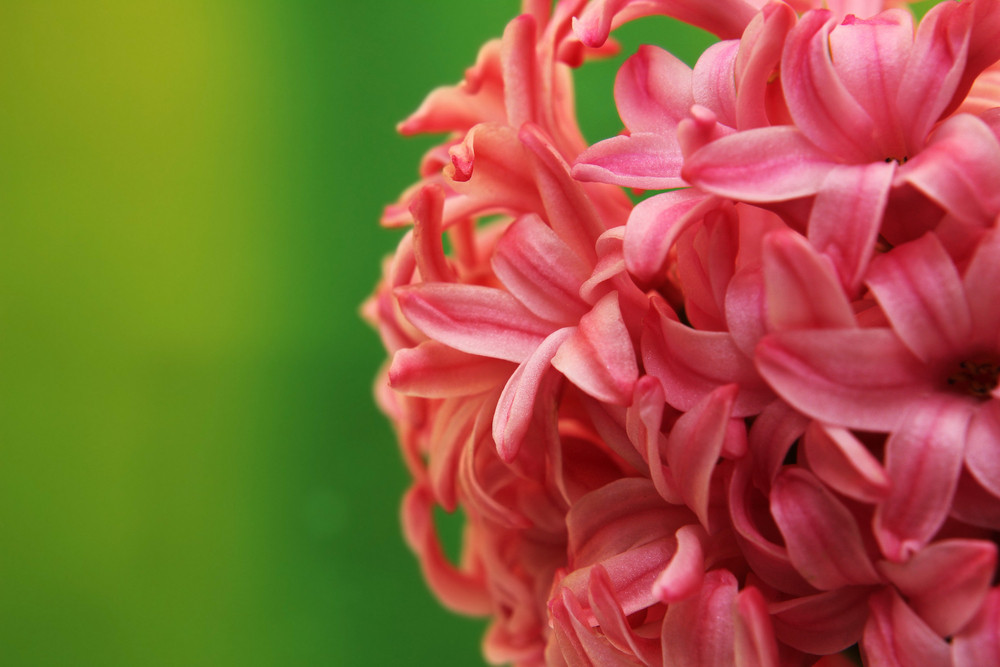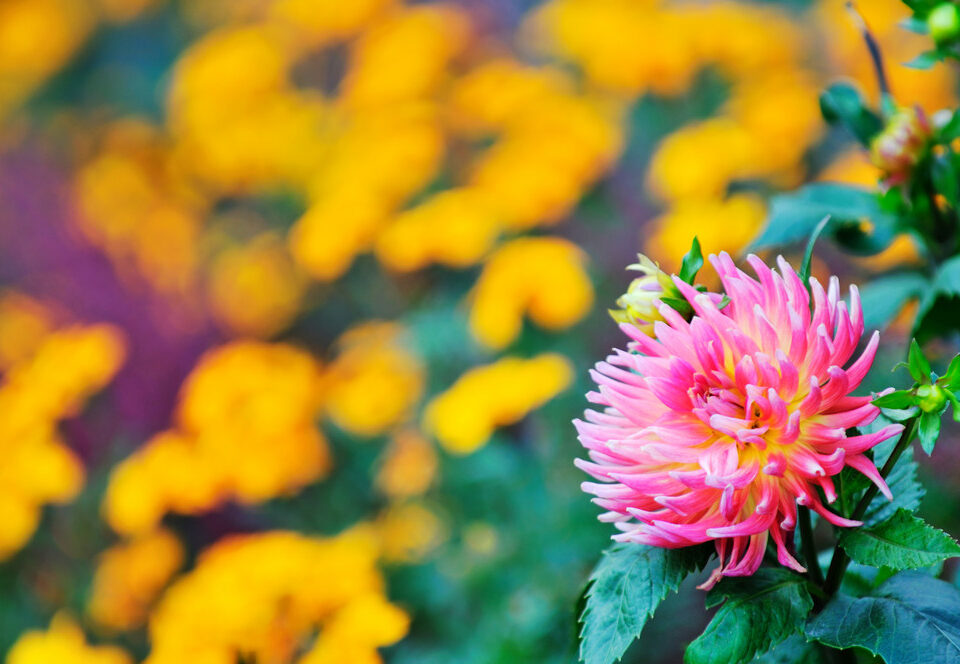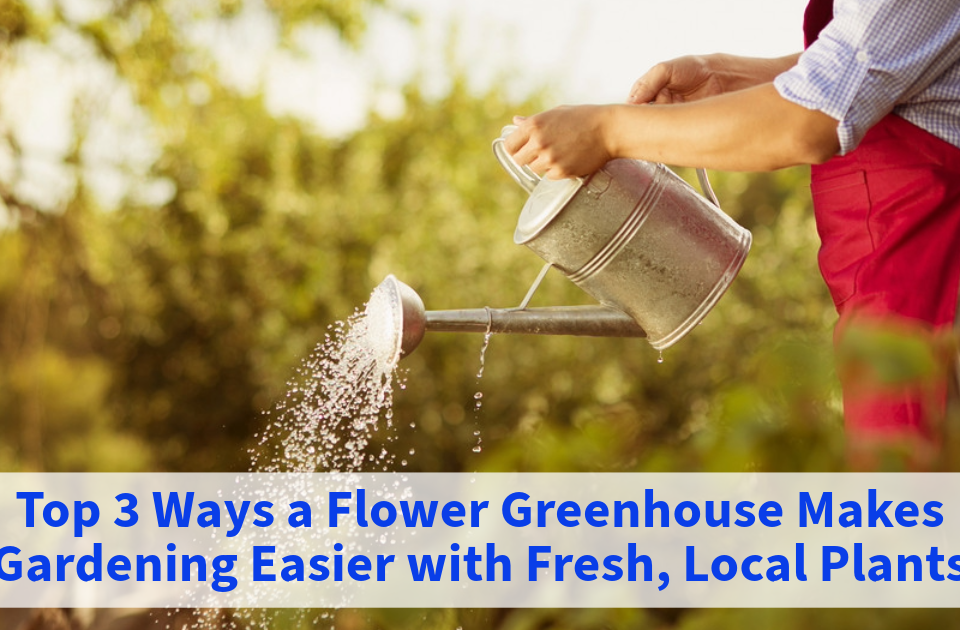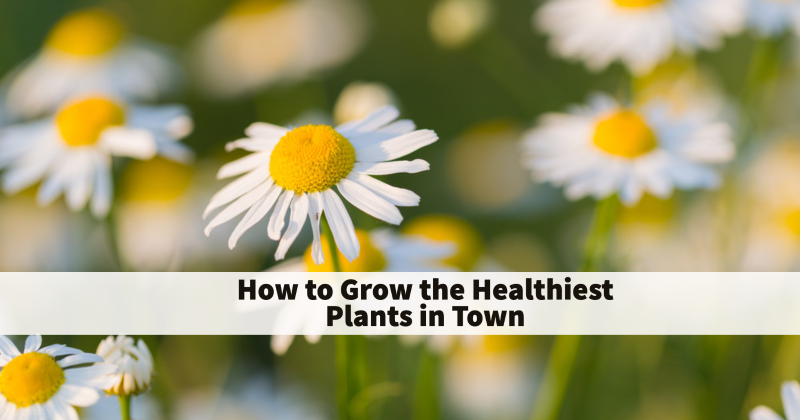
How to Grow the Healthiest Plants in Town
June 8, 2022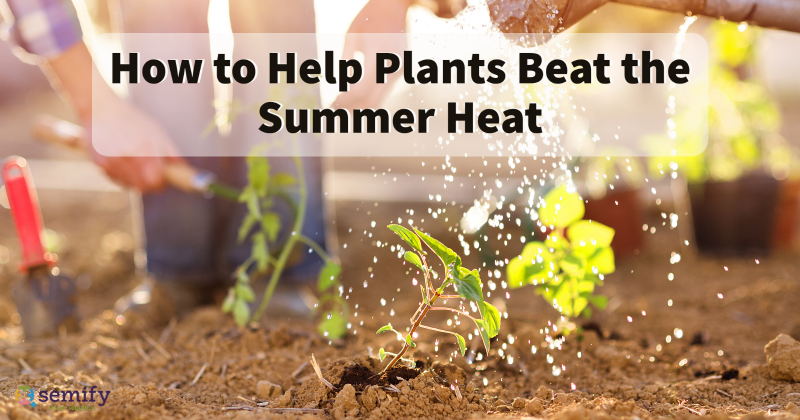
How to Help Plants Beat the Summer Heat
June 20, 2022Gardening is a favorite activity for many homeowners. There are lots of fun things that you can do with your garden to make things more interesting. For instance, have you tried mixing annuals with perennials? For the purist, that would be a sin. But if you don’t mind, here’s why this makes total sense.
Understand the Needs of the Plants First
Before you throw perennials into an annual garden, you need to look at the needs, growth habits, and life cycles of each species. Most annual plants need sunny conditions to grow, especially ones bred for food. Focus on the sunnier spots when looking for positions to grow them in your annual/perennial garden. You also need to take the size of both the annuals and the perennials into account. That way, you won’t have a situation where the plants start competing for the sun and harming one another.
Benefits to the Soil
There is a wide range of benefits to the ecosystem and to the soil when you mix annuals and perennials. If you fill your garden with annuals, there will be nothing in your garden when the plants go out of season. Unfortunately, most people don’t know that the soil benefits from having plants in it all the time. Throwing in perennials will help ensure that there are living roots in the soil all year round. The more annuals and perennials there are in your garden, the better your soil will be. Most perennials thrive in poor soil, and they produce a large amount of biomass/foliage, which quickly improves the soil quality for your annuals.
Mixing Perennials with Annuals Creates Colorful Combinations
Are you looking to have a garden that’s in full bloom by spring? It’s quite easy if you take some time to plan things well. Perennials, for instance, bloom in specific seasons. They usually flower for four to eight weeks before they go out of bloom. Once they bloom, they will look great in the garden, but they will not flower again until the same time the following year. It’s recommended to throw in some early spring bloomers like bleeding heart, catmint, and woodland phlox with late spring/early summer plants like coneflower, peony, and baptisia. You can still end up with some gaps in color, which is where annuals come in. If you add some generous helpings of annuals to your perennial borders, you should get a few that bloom nonstop all summer long.
Mixing perennials and annuals is a great idea for several reasons, including nonstop blooming and good soil health. According to a Science Direct survey, half of all respondents explained that gardening helped them feel calm. If you want high-quality products for your soothing hobby, turn to the experts at Shwartz Greenhouse. We can help you find interesting combinations of perennials and annuals.


